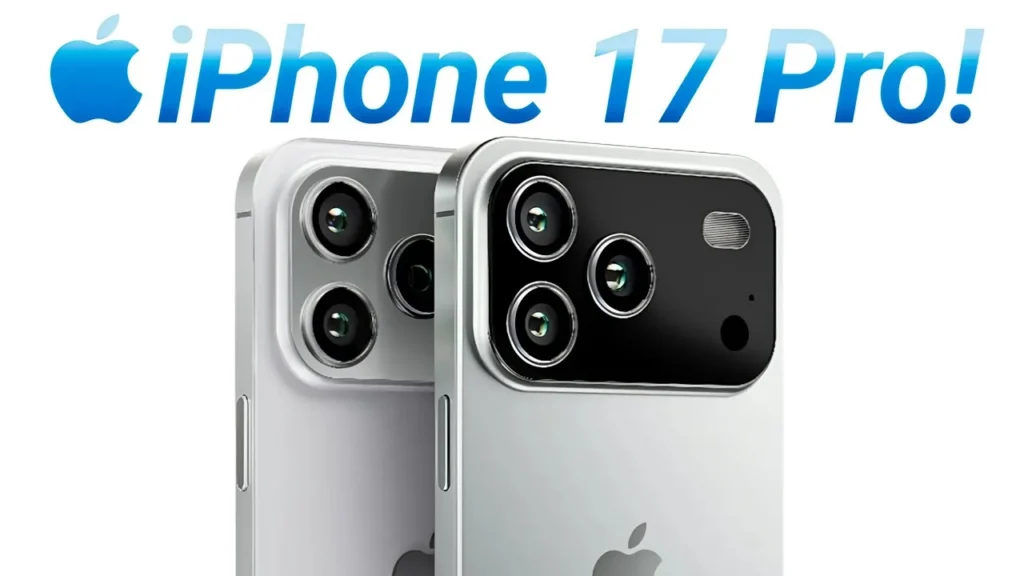Introduction: Glimpsing the Future of Mobile Photography
Apple’s iPhone “Pro Max” models consistently push the boundaries of mobile photography, setting new benchmarks for image quality and computational capabilities. As anticipation builds for future iterations, whispers of groundbreaking advancements often emerge. While these details remain in the realm of speculation until an official announcement, the rumored iPhone 17 Pro Max camera system suggests a significant leap forward, promising an even more sophisticated photography experience for users.
At the Heart of the Anticipated iPhone 17 Pro Max Imaging Suite
Sources indicate that the upcoming iPhone 17 Pro and its larger sibling, the iPhone 17 Pro Max, could feature a dramatically overhauled camera array. At the core of this rumored system lies a trio of 48-megapixel sensors. This would represent a notable upgrade, potentially enhancing detail capture and low-light performance across various shooting modes.
- Main Camera: Expected to be a 48-megapixel sensor, delivering exceptional clarity and versatility for everyday shots.
- Fusion Sensor: Rumored to be another 48-megapixel unit, possibly designed to enhance image processing, combine data for superior results, or offer specialized functionalities.
- Ultra-Wide Lens: The third 48-megapixel sensor is tipped for the Ultra-Wide camera, which would significantly boost resolution compared to current generations, allowing for more detailed expansive shots.
The Game-Changer: The 48-Megapixel Tetraprism Telephoto Lens
One of the most exciting and frequently cited rumors is the inclusion of a newly developed 48-megapixel Tetraprism Telephoto lens. This advanced telephoto unit is poised to be a defining characteristic of the new lineup, promising substantial improvements over existing iPhone telephoto capabilities.
The “Tetraprism” design, already introduced in some prior models, allows for a longer focal length within the compact smartphone body by reflecting light multiple times. Coupling this with a higher 48-megapixel resolution suggests:
- Enhanced Zoom Performance: The ability to achieve greater optical zoom levels without significant loss of detail.
- Superior Clarity: Sharper, more detailed images even when zoomed in, potentially rivaling dedicated cameras.
- Improved Low-Light Telephoto: Higher resolution sensors often perform better in challenging lighting conditions, extending the utility of the telephoto lens.
Revamped Ultra-Wide and Telephoto Units: What It Means for Photographers
While the redesigned Ultra-Wide camera may share some architectural characteristics with previous iterations, its jump to 48 megapixels is crucial for capturing more intricate details in wide-angle shots. Similarly, the revamped Telephoto unit, as mentioned, is projected to mark a substantial improvement.
This comprehensive upgrade across all three primary lenses could empower users with:
- Enhanced adaptability for cropping and post-processing thanks to superior image resolution.
- Richer Detail in All Scenes: From vast landscapes to distant subjects, every shot could benefit from increased data capture.
- Advanced Computational Photography: More sensor data provides greater scope for Apple’s renowned computational photography algorithms to work their magic, leading to better HDR, Night Mode, and overall image processing.
Hypothetical Advantages and Disadvantages of the Projected iPhone 17 Pro Max Camera
It’s important to remember these are rumored specifications. Here’s a look at the potential upsides and downsides based on the leaked information:
| Pros (Based on Rumors) | Cons (Based on Speculation) |
|---|---|
| Massively improved detail with 48MP across three main lenses. | Potentially increased camera bump size to accommodate new hardware. |
| Significantly enhanced zoom with the new Tetraprism Telephoto. | Potentially increased energy demand stemming from more sophisticated sensors and intensive processing. |
| Better low-light performance for all focal lengths due to higher resolution. | Larger file sizes for photos, consuming more storage. |
| Greater flexibility for cropping and editing due to higher resolution. | Potential for increased device cost due to advanced camera technology. |
| Potential for new computational photography features leveraging richer data. | May require more powerful processing chip to handle data, impacting battery life. |
Conclusion: A Vision of Future Mobile Photography
The rumored iPhone 17 Pro Max camera system paints an exciting picture of what’s next in mobile photography. With a triple 48-megapixel sensor setup and a groundbreaking Tetraprism Telephoto lens, Apple appears to be aiming for unparalleled detail, zoom capabilities, and overall image quality. While these are currently just whispers, they certainly fuel anticipation for what could be a truly transformative leap for iPhone photography

